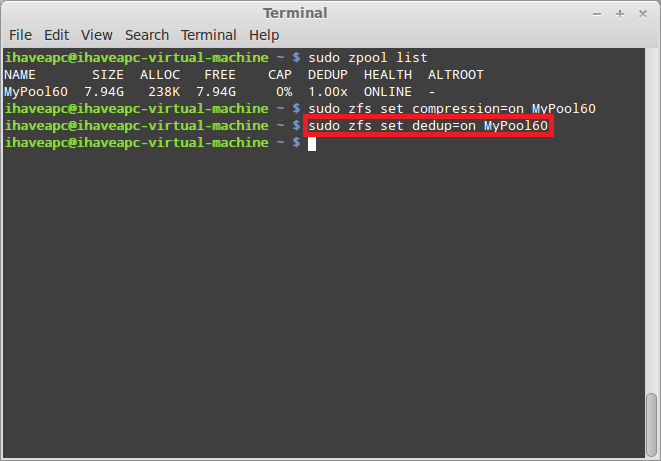How To Manage File History and Deleted Files in Ubuntu 22.04

Ubuntu retains the history of accessed files which are then shared between different applications to provide a better user experience. By default, this is enabled, but can be changed if needed.
Also, you can auto-delete temporary files and deleted files that are in the trash for better privacy and optimization.
Here is how to do these in Ubuntu 22.04:
Open Ubuntu dash and click Settings.
From...
Quickly Fix Choppy Video Playback In VLC Player When Using Ubuntu

It may happen that the video playback when using VLC player in Ubuntu may be choppy.
The audio would be fine but the video would stutter or lag with pauses.
Here is how to fix it :
Open VLC player and go to Tools > Preferences. Over there select Input/Codecs.
Disable the option of Hardware-accelerated decoding.
Save the changes and close all the running instances of VLC player.
Restart...
Installing And Using ZFS In Linux Mint / Ubuntu – Part 4

Continuing from Part 3, in this part of the tutorial, we will learn about modifying the properties of the ZFS pool and destroying the ZFS pool.
1. Let us view the list of ZFS pools available in the system. Issue the following command at the terminal –
sudo zpool list
2. As seen in the previous step, we have a ZFS pool called ‘MyPool60’ available on the system. Now, we will learn...
Installing And Using ZFS In Linux Mint / Ubuntu – Part 3
Continuing from Part 2, in this third part of the tutorial, well learn how to create ZFS storage pools with RAID 10, RAID 50 and RAID 60.
We will use the same 9 virtual HDDs of 1 GB each used in Part 2 to create these pools after destroying the ZFS pool MyPool1, MyPool2 and MyPool3 (more on destroying ZFS storage pools in Part 4).
RAID 10 is a series of striped mirrors. In this tutorial, we’ll...
Installing And Using ZFS In Linux Mint / Ubuntu – Part 2

Continuing from Part 1, in this second part of the tutorial we’ll learn how to create ZFS storage pools with different RAID levels. For demonstration purpose, we have added 9 virtual HDDs to our system with 1 GB capacity each. Let’s install ‘lsscsi’ utility to list these HDDs.
1. Issue the following command at the terminal to install ‘lsscsi’ –
sudo apt-get...
Installing And Using ZFS In Linux Mint / Ubuntu – Part 1

If you need to create a cheap storage sub-system for storing critical data with disk redundancy, ZFS is one of the best solutions for you. In this series of tutorials, we will learn how to install ZFS on Linux Mint / Ubuntu, how to create / manage storage pools of various RAID levels and how to handle RAID rebuild. ZFS is one of the best file systems and has many advantages over other file systems,...